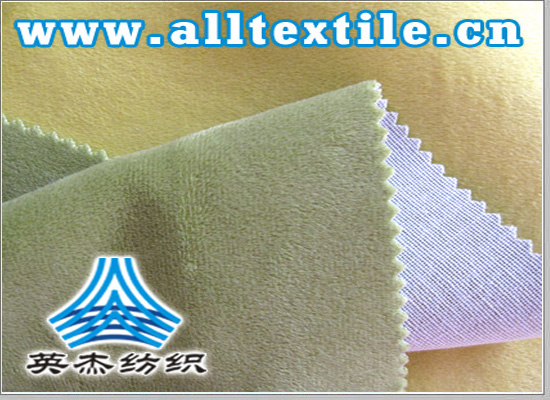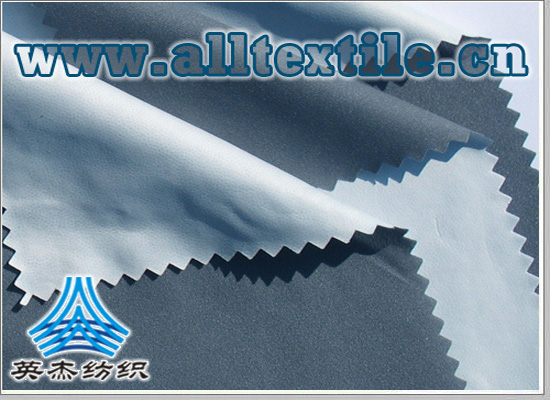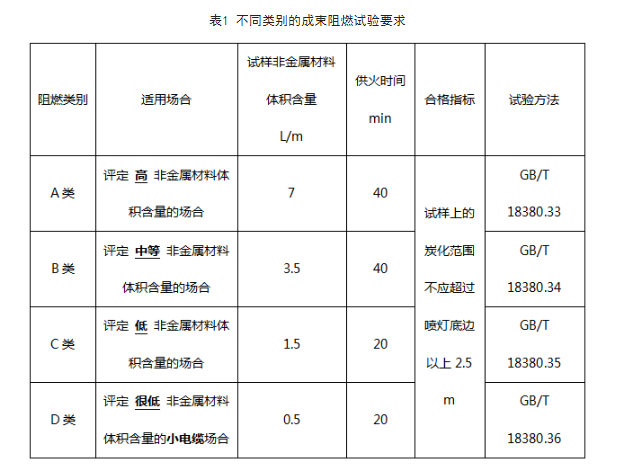Understanding and suggestions on flame retardant requirements for bundled wires
Abstract: With the large-scale promotion and application of flame-retardant cloth wire products, the industry is increasingly paying attention to how to understand and apply bundled flame retardant requirements in the field of cloth wire products. This article interprets standards and conducts verification tests to focus on the bundled flame retardancy of cloth wire products. The relevant standard understanding, test data and opinions and suggestions were shared on hot topics such as the scope of application, grade classification and arrangement coverage.

Keywords: wire distribution, bundled flame retardant, verification test
1. Introduction
In recent years, with the increasing emphasis on the flame retardant performance of single-core unsheathed cloth wires (hereinafter referred to as “cloth wires”) in various construction projects, as well as the maturity of relevant domestic manufacturing processes, the improvement of raw material performance and the improvement of flame retardant wire standards Implementation, bundled flame-retardant cloth wire products have been widely promoted and applied, occupying an important share of the cloth wire market.
Currently, the flame retardant properties of bundled flame-retardant cloth wires are based on the GB/T 19666 “General Rules for Flame-Retardant and Fire-Resistant Wires, Cables or Optical Cables” and GB/T 18380 “Burning Test of Electric Cables and Optical Cables under Flame Conditions” series of standards. Add bundled flame retardant test categories (ZA, ZB, ZC, ZD) to the product model for identification. In the current situation, on the one hand, due to the habit of full coverage of models in the cable industry, all categories of bundled flame retardants (ZA, ZB, ZC, ZD) are applied to full-size wire products without distinction, such as Z(A, B,C,D)-BV 450/750V 1.5~400. On the other hand, due to the tendency of common sense to arrange the levels of codes A-B-C-D and the non-metallic content in the test from high to low, a large number of manufacturers, users and technical institutions in the industry have flame retardant Class A that has better performance than (covers) Class B and C Understand the sequence of Category 1 and Category D and apply it to actual quality control.
However, with the large number of applications of bundled flame-retardant cloth wire products and the continuous accumulation of related flame-retardant test data, issues such as the scope of application, grade classification and arrangement coverage of different bundled flame-retardant categories in cloth wire products have been raised in the industry. Questions and reflections are increasing day by day. In order to promote relevant parties to more accurately understand the relevant application requirements of bundled flame-retardant categories in the field of cloth wires, and to guide the R&D, production and quality control of related products, this article will use standard interpretation and verification test analysis to focus on bundled flame-retardant cloth wires. Related questions will be answered and suggestions given.
2. Can the bundled flame retardant (ZA, ZB, ZC, ZD) categories be considered as the level of flame retardant performance?
The GB/T 18380.33~36-2008 standard summarizes the provisions of each flame retardant category as follows:

1
Scope of application
The bundled combustion tests of Class A, B, C and D are all used to evaluate the ability of vertically installed bundled wires, cables or optical cables to inhibit the vertical spread of flames under specified conditions. The difference in applicable assessment situations lies in the volume of non-metallic materials. The contents are: high, medium, low and very low. If they correspond to the laying and installation scenarios: Class A corresponds to a large number of wires installed vertically together, Class B corresponds to a large number of wires installed vertically together, Class C corresponds to a large number of wires installed vertically together, Class D corresponds to a smaller number of wires installed vertically together.
2
Test conditions and qualification
Different categories of parts have different test conditions, such as fire supply time, sample arrangement, etc., but in the qualification determination, all categories are: the carbonization range on the sample should not exceed 2.5 m above the bottom edge of the blowtorch.
The specific parameter comparison is shown in Table 1.
Table 1 Bundle flame retardant test requirements for different categories

From the above comparison, it can be seen that the relevant standards for bundled flame retardancy do not provide definitions of levels. Instead, categories are used as codes, such as Class A, Class B, Class C and Class D, and there is no clear or implied test for different categories. The high and low levels of product flame retardant performance assessment only indicate that it is applicable to situations with different volume contents of non-metallic materials.
Another analogy is that GB 31247-2014 “Combustion Performance Classification of Electric Cables and Optical Cables”, which is familiar to the cable industry, clearly explains the combustion performance levels specified in the standard. For example, level B1 is flame retardant level 1, and level B2 It belongs to flame retardant level 2. Moreover, unlike the qualification indicators for different flame retardant categories in the GB/T 18380.33~36 standards: “The carbonization range on the sample should not exceed 2.5 m above the bottom edge of the blowtorch”, the B1 level in GB 31247-2014 As different levels from Level B2, there are also significant differences in the setting of judgment indicators.
Summary:
According to the standard analysis, it can be seen that the main difference between the bundled flame-retardant (ZA, ZB, ZC, ZD) categories lies in the different applicable assessment occasions, not the level or grade of flame-retardant performance, which does not exist in the setting of the standard. High and low level relationships.






